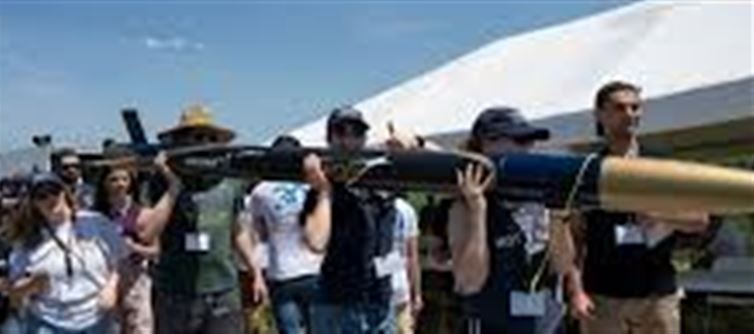
The idea that rocket science is only for textbooks or professional scientists is a myth. Nasa’s student launch challenge (slc) gives students a hands-on experience of designing, building, and launching rockets, turning classroom knowledge into real-world action. Here’s everything you need to know.
1. What is the nasa student launch challenge?
The slc is an annual competition organized by nasa for middle school, high school, and college students. Participants design and build rockets to meet specific mission objectives while learning aerospace engineering, teamwork, and project management.
2. Who can participate?
The competition is open to teams of students, usually guided by a teacher or mentor. students get to experience real-world engineering challenges, from design calculations to actual flight tests.
3. Designing the rocket
Students start with research and planning, deciding on materials, propulsion type, and mission objectives. nasa provides detailed guidelines on size, weight, and safety requirements. Teams use simulations and cad software to predict rocket performance.
4. Building the rocket
Once the design is finalized, students assemble their rockets using lightweight materials. Safety is a top priority, so every rocket must meet nasa’s stringent safety and testing standards before launch.
5. Testing and iteration
Before the final launch, rockets go through multiple ground and flight tests. students learn to troubleshoot problems like stability, engine performance, and payload safety. Iteration is key—failure is part of learning.
6. Launching the rocket
The most exciting part! Rockets are launched at designated test sites or nasa events. students measure altitude, flight duration, and payload performance. Data is collected for analysis and competition scoring.
7. Educational benefits
The slc teaches more than rocket science:
· stem skills: physics, math, and engineering in action
· teamwork: collaboration under real-world pressures
· problem-solving: quick thinking and adaptation
· communication: presenting results to judges and peers
8. Why it matters
By participating, students gain hands-on aerospace experience and a glimpse into careers at nasa or related industries. It also inspires confidence, creativity, and a lifelong interest in science and technology.
Final thought
The nasa student launch challenge proves that rocket science isn’t just theory—it’s about curiosity, teamwork, and perseverance. students don’t just read about rockets; they design, build, and launch them into the sky, turning dreams into reality.
Disclaimer:
The views and opinions expressed in this article are those of the author and do not necessarily reflect the official policy or position of any agency, organization, employer, or company. All information provided is for general informational purposes only. While every effort has been made to ensure accuracy, we make no representations or warranties of any kind, express or implied, about the completeness, reliability, or suitability of the information contained herein. Readers are advised to verify facts and seek professional advice where necessary. Any reliance placed on such information is strictly at the reader’s own risk.
.jpg)




 click and follow Indiaherald WhatsApp channel
click and follow Indiaherald WhatsApp channel